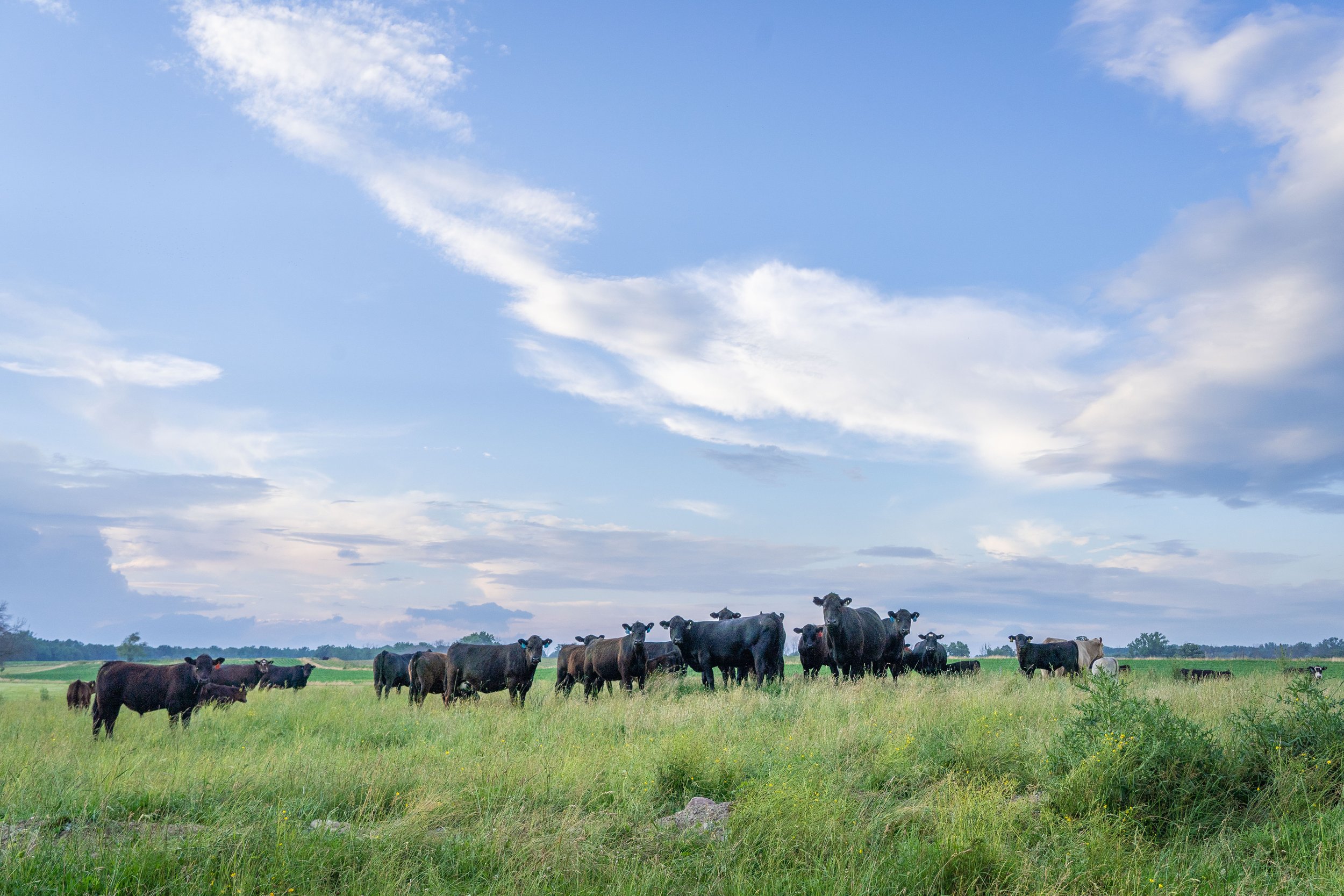Comprehending Livestock Danger Security (LRP) Insurance: A Comprehensive Guide
Navigating the realm of livestock risk protection (LRP) insurance policy can be an intricate venture for several in the agricultural sector. This sort of insurance policy supplies a safety and security web versus market changes and unforeseen conditions that can impact livestock producers. By recognizing the complexities of LRP insurance, producers can make enlightened decisions that might protect their operations from economic threats. From exactly how LRP insurance policy functions to the numerous insurance coverage choices readily available, there is much to discover in this extensive overview that could possibly shape the method animals manufacturers approach threat monitoring in their services.

Exactly How LRP Insurance Policy Works
Periodically, recognizing the auto mechanics of Animals Danger Defense (LRP) insurance coverage can be complex, yet damaging down exactly how it works can supply clarity for farmers and ranchers. LRP insurance coverage is a threat management device made to secure livestock manufacturers versus unanticipated cost declines. It's crucial to note that LRP insurance is not a profits guarantee; rather, it concentrates solely on price danger security.
Qualification and Insurance Coverage Options

When it involves protection options, LRP insurance offers manufacturers the adaptability to select the coverage degree, protection duration, and endorsements that best suit their risk management requirements. Insurance coverage levels generally vary from 70% to 100% of the anticipated finishing worth of the insured livestock. Producers can also pick insurance coverage periods that line up with their manufacturing cycle, whether they are guaranteeing feeder cattle, fed livestock, swine, or lamb. Recommendations such as price risk defense can further customize insurance coverage to protect versus damaging market changes. By comprehending the eligibility standards and protection options offered, livestock producers can make educated decisions to manage risk effectively.
Pros and Disadvantages of LRP Insurance Coverage
When examining Animals Danger Security (LRP) insurance policy, it is necessary for animals producers to weigh the disadvantages and benefits integral in this risk administration tool.

One of the main advantages of LRP insurance policy is its ability to supply protection versus a decline in animals rates. Furthermore, LRP insurance provides a level of versatility, allowing producers to customize insurance coverage levels and policy durations to match their certain requirements.
Nevertheless, there are also some downsides to think about. One restriction of LRP insurance policy is that it does not safeguard against all kinds of threats, such as condition episodes or all-natural catastrophes. Costs can occasionally be expensive, particularly for producers with big livestock herds. It is essential for manufacturers to very carefully assess their private danger exposure and monetary situation to determine if LRP insurance coverage is the right threat management tool for their operation.
Recognizing LRP Insurance Coverage Premiums

Tips for Making Best Use Of LRP Advantages
Maximizing the advantages of Livestock Danger Defense (LRP) insurance coverage needs strategic preparation and proactive threat management - Bagley Risk Management. To maximize your LRP coverage, consider the complying with tips:
Consistently Assess Market Problems: Remain notified regarding market fads and rate fluctuations in the animals market. By monitoring these variables, you can make enlightened decisions concerning when to acquire LRP coverage to safeguard against possible losses.
Set Realistic Insurance Coverage Degrees: When selecting protection levels, consider your manufacturing costs, market value of animals, and possible risks - Bagley Risk Management. Setting practical coverage levels makes sure that you are appropriately shielded without paying too much for unnecessary insurance coverage
Expand Your Protection: Instead of counting only on LRP insurance policy, consider diversifying your risk management techniques. Combining LRP with other threat monitoring tools such as futures agreements or alternatives can give thorough insurance coverage against market unpredictabilities.
Review and Readjust Coverage On a regular basis: As market conditions transform, occasionally evaluate your LRP protection to guarantee it lines up with your present risk exposure. Readjusting protection degrees and timing of purchases can help maximize your threat security method. By complying with these suggestions, you can make best use of the advantages of LRP insurance policy and guard your animals operation against unpredicted risks.
Conclusion
Finally, animals risk defense (LRP) insurance policy is a valuable device for farmers to manage the financial dangers connected with their livestock operations. By recognizing exactly how LRP works, qualification and insurance coverage alternatives, as well as the benefits and drawbacks of this insurance coverage, farmers can make informed decisions to shield their incomes. By very carefully considering LRP costs and applying strategies to optimize advantages, farmers can reduce prospective losses and make sure the sustainability of their operations.
Animals manufacturers interested in getting Animals Danger Protection (LRP) insurance coverage can explore a variety of qualification standards and coverage alternatives tailored to their details livestock procedures.When it comes to protection options, LRP insurance coverage provides manufacturers the adaptability to choose the protection level, coverage duration, and endorsements that best suit their danger administration demands.To comprehend the complexities of Animals Risk Defense (LRP) insurance fully, understanding the aspects affecting LRP insurance coverage premiums is essential. LRP insurance coverage premiums are established by different elements, including the coverage level selected, the expected rate of livestock at site the end of the protection duration, the kind of animals being insured, and the size of the coverage duration.Review and Adjust Protection Routinely: As market conditions alter, occasionally evaluate your LRP coverage to ensure it you could try this out lines up with your existing threat direct exposure.